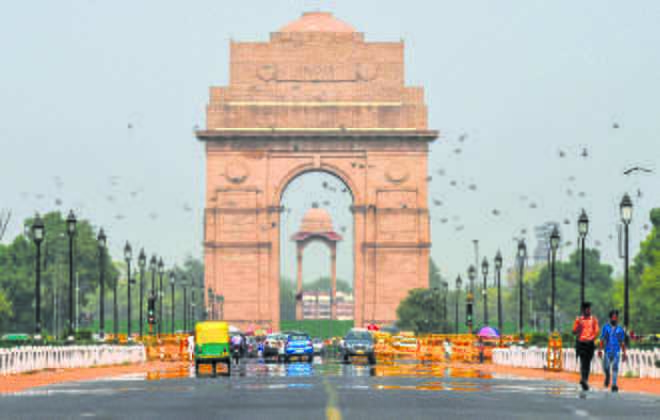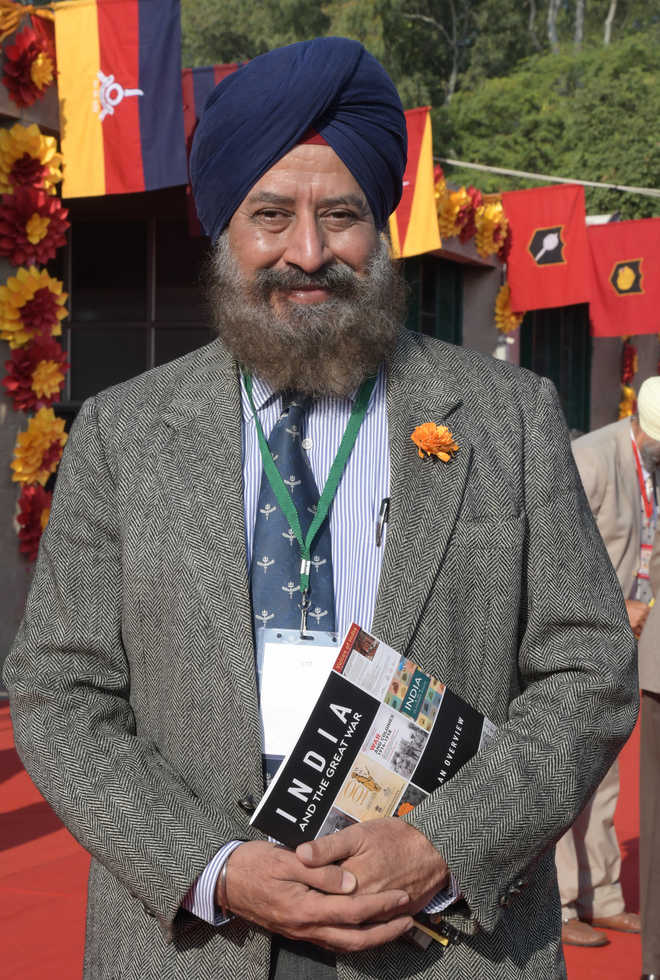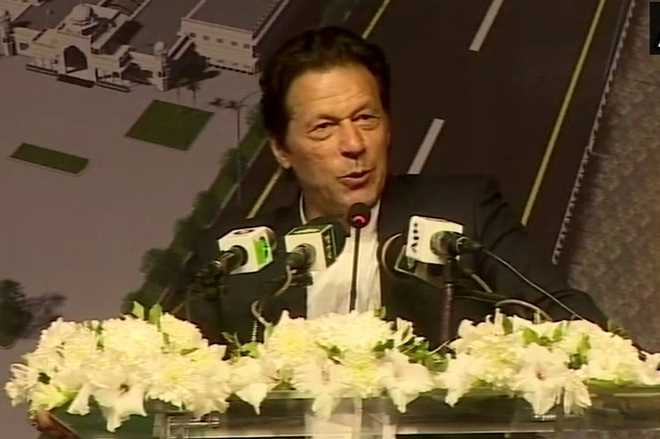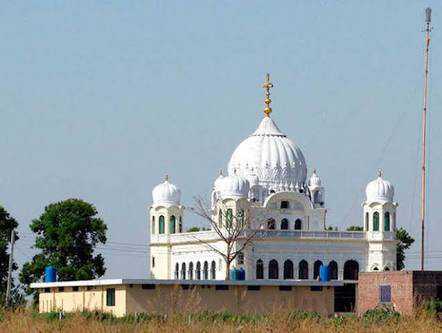Any kind of fundamentalism is inconsistent with the message of Guru Nanak, who preached all religions had merit and it was necessary to learn from each other for harmonious living.

Aditi Tandon
Tribune News Service
New Delhi, November 22
Societies worldwide are facing the challenges of terrorism and environmental degradation. What can we draw from the teachings of Guru Nanak to tide over these?
Three things in Guru Nanak’s life are very important. First is his emphasis on gender equality. Guru Nanak wanted men and women to be treated equally and his message was “so kyun manda aakhiye jit janmain rajjan”. Today in our own country atrocities against women and children are on the increase. It is, therefore, necessary to take Guru Nanak’s message to all nooks and corners of the country to emphasise the need for paying adequate attention to the wellbeing of our women and children.
Guru Nanak laid great emphasis on the protection of environment —water, air and Mother Earth. We end Japuji Sahib with a reference to the need to protect environment. The challenge is to live in harmony with nature.
Thirdly, the Guru emphasised the need for inter-faith harmony and sustained dialogue among religions and religious communities. He travelled the world to promote the culture of dialogue among various religious groups, whether it was the yogis of the Himalayas or the maulvis of Mecca.
His message is that all religions have merit and it is necessary to learn from each other to ensure harmonious living. This message of Guru Nanak is as relevant today as it was when he lived.
The Guru preached a world without boundaries but we are living in a world increasingly defined by boundaries. Is this why the world is moving away from his teachings?
Well, the world will have to come back to the path shown by Guru Nanak Dev ji. It is true there is so much strife in our country, so many religious disputes and caste rivalries. These are not conducive to harmonious living and, therefore, the message of Guru Nanak of promoting inter-faith dialogue and harmony is paramount. Guru Nanak said ‘naa koi Hindu naa Musalman’. Everyone is to be judged by what one does in his life.
Guru Nanak lived for the poor and shared his earnings. But world is becoming increasingly self-centred…
The basic message of Guru Nanak is equity and equality. Therefore, equitable distribution of income and wealth is an integral part of the teachings of Sikh Gurus. Equitable distribution of income, dealing constructively with social and economic inequalities, is integral to the message Guru Nanak gave to the world.
Radicalism has been on the rise across the world. Is there a lesson to be drawn from Guru’s teachings?
All sorts of fundamentalism are inconsistent with the message of Guru Nanak and other Sikh Gurus. Caste barriers were decried by the Guru. He emphasised equality of human beings and, therefore, the need for promoting inter-faith dialogue.
So you are saying that inter-faith dialogue is the best solution to religious fundamentalism?
Yes, that is the only solution.
Guru Nanak established the city of Kartarpur where there was harmony of every kind. Do you think such a society is possible today?
I think technology has brought new challenges. I don’t believe we can reverse the march of technology, and with technology comes growing urbanisation. I don’t think we can bring back the type of model Guru Nanak Dev ji showed and worked on in Kartarpur. But his message of ‘kirat karna, wand chhakna, naam japna’ is as relevant in modern society as it was during Guru Nanak’s time. The basic message is still valid for the wellbeing of humankind.
The youth appear to be increasingly losing touch with religion and spirituality… your thoughts?
My message to the youth is they must get away from the path of drugs, which is destroying the vitality of the youth of Punjab. The path shown by Guru Nanak can lead us to a life of piety and self-control, which is essential for harmonious living.
Are lack of jobs and economic strife also reasons why youth are unable to turn to spirituality?
Joblessness is a major problem affecting our young. This problem must be tackled frontally.
What does religion mean to you personally?
It means being a good citizen, trying to do my duty and leading a life of dignity and self-respect.
Do you think religious identities and religious symbolism are important?
Well, we cannot wish away symbolism but it need not be used to promote destructive ends.
Sikhism has spread worldwide because of the Sikh diaspora. What would you say to the Sikhs living outside India?
The Sikhs are today an international community, found in every part of the world. And where there is a Sikh, there is a gurdwara. Gurdwara is also a place where the tradition of langar, feeding the hungry regardless of their religion and caste, is still practised. To the Sikhs living outside India, my message would be that they have an obligation to be good Sikhs and good citizens of the countries to which they have migrated because their conduct will influence people’s judgement about the community. And, therefore, it is very important for the diaspora, the Sikhs in particular, to set an example of nobility and good living, practising teachings of the Gurus.
It is also necessary in our own country to ensure that our religious institutions are not misused to promote religious hatred.
What according to you is the role of the SGPC?
The SGPC is the supreme religious institution of the Sikhs. It must, therefore, guide the Sikh community to follow the righteous path shown by our Gurus.
Punjab has just seen an attack on Nirankari Bhavan in Amritsar on the eve of the 550th Parkash Utsav. Do you see this as an attempt to revive militancy in the state?
Terrorism is the enemy of humanity and, therefore, it is the responsibility of all to work for its elimination. No problems are solved by resorting to terrorism and it is, therefore, necessary that all our institutions — political, religious and social — are mobilised to deal with the scourge of terrorism.
Punjab has suffered a great deal in the past and it will be a very sad day if terrorism takes root in Punjab again.
Politics is being played out even on Parkash Utsav. The SGPC and the Punjab Government are organising their own functions. All this when the Guru preached unity…
My feeling is that all segments of the Sikh society and other religious communities, whether Hindus or Muslims, Guru Nanak was common to all. Guru Nanak’s message has universal validity and this must be an occasion to unite all communities in promoting the cult of good and honest living among our people.
 @adgpi
@adgpi























































































































